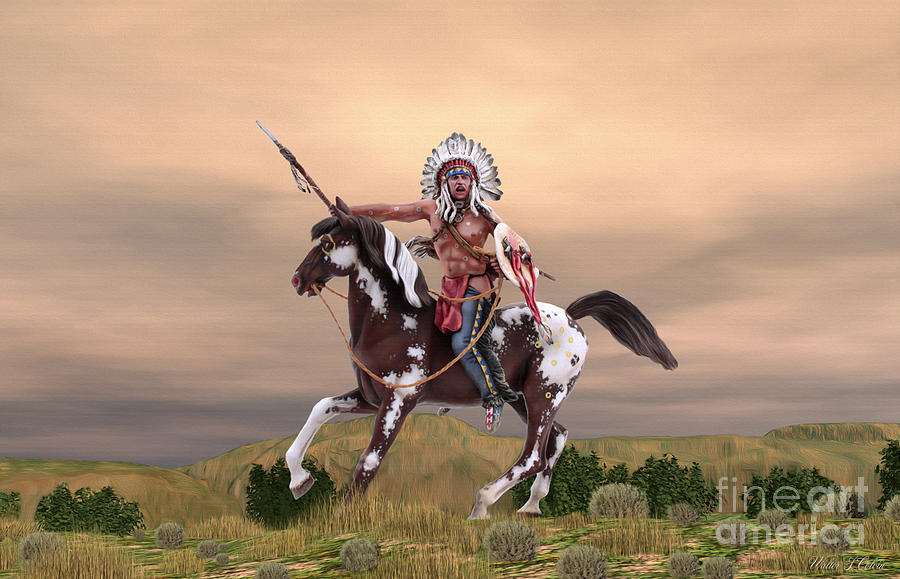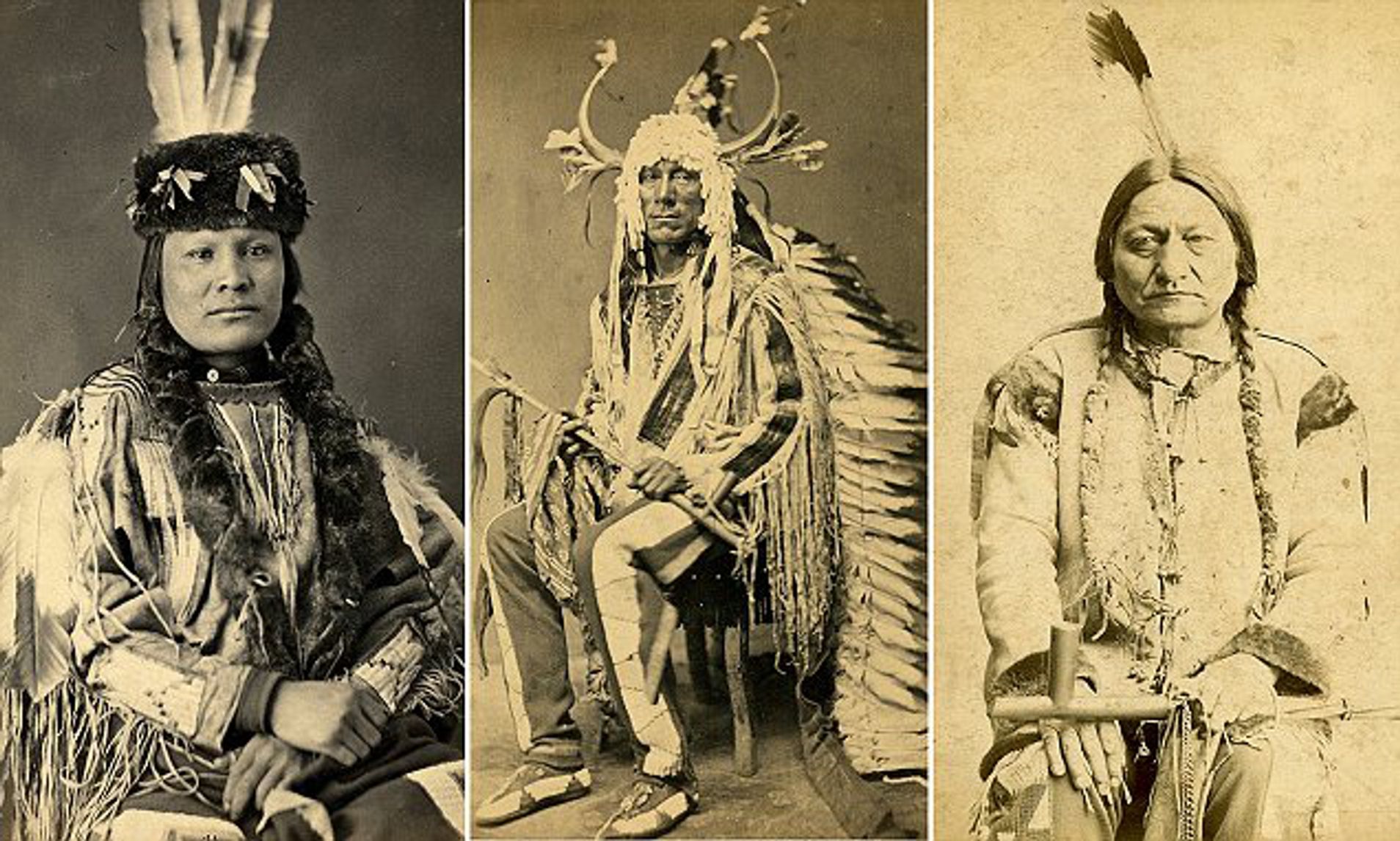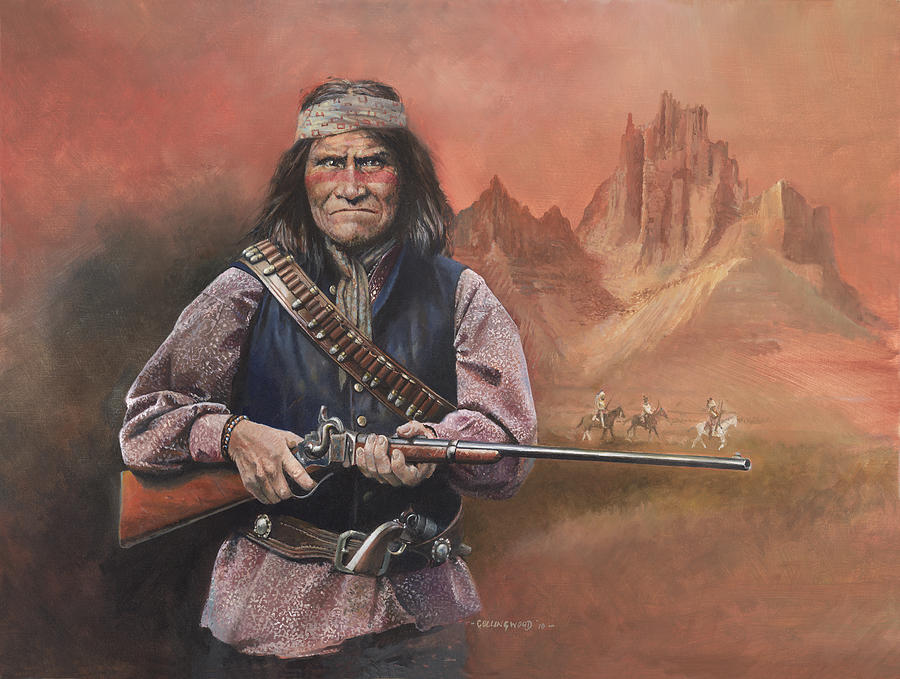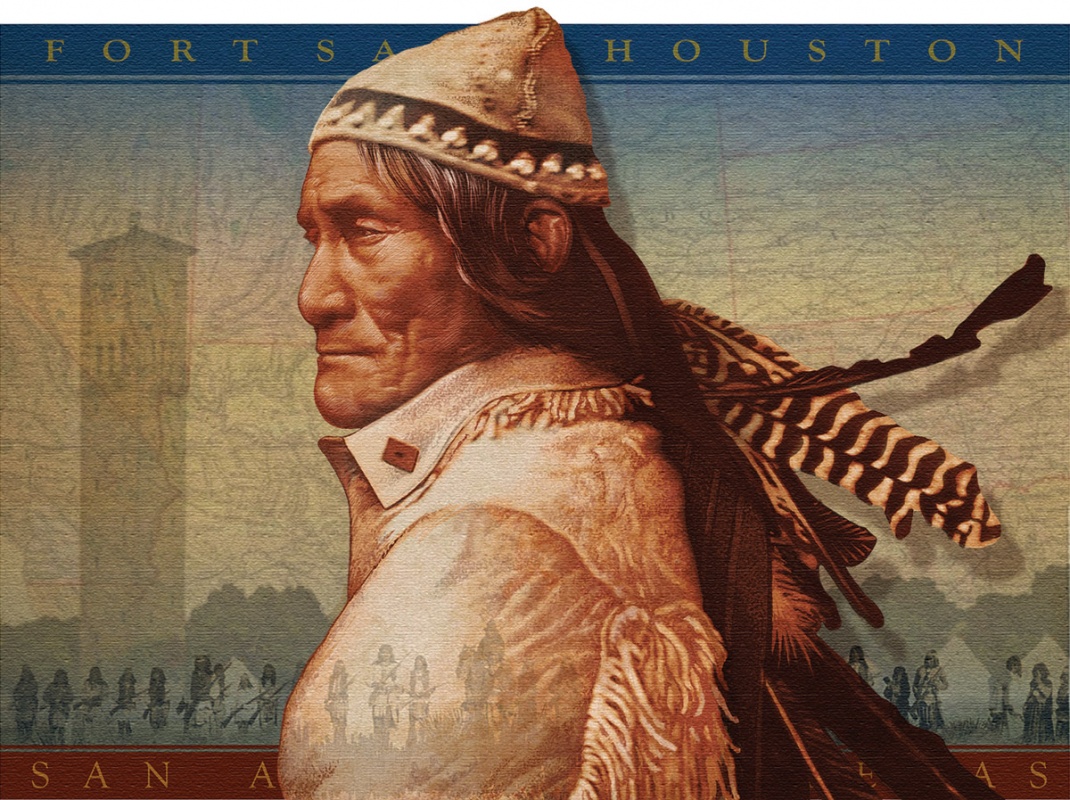History is replete with accounts of Native American leaders who left their mark in the sands of time and whose names will never be forgotten. These Native American leaders were instrumental to their people’s prosperity, growth, and survival. Their bravery, patriotism, and resilience earned them praise and honor among their people and even greater acclaim in the books of history.
While many of them faced opposition from hostile encroachers, settlers, and government forces, they led the local resistance to defend their lines and their lands without fear. Away from the front lines, they also achieved incredible feats in various spheres of life and their life’s work had a profound impact on their people’s lives. Their bravery did not always come without a price.
Some of them faced captivity, hardship, and starvation while a few others even paid the ultimate price for their service. Despite these challenges, these men and women dared to defend their people till the end. When they were not staving off the threat of foreign settlers, they were also responsible for their people’s welfare.
Sitting Bull
Sitting Bull was born in the Grand River Valley in modern-day South Dakota. He grew up to become one of the most famous Hunkpapa Lakota chiefs and holy men whose impact was felt throughout the Lakota territory. He led his people’s charge during many years of resistance to United States expansionism and military campaigns across Lakota territory and he made history in the process for his incredible bravery.
Sitting Bull famously refused to cede land or adhere to government and treaty stipulations against traditional living. He is famed for his victory against Lieutenant Colonel George Armstrong Custer at the legendary Battle of the Little Bighorn in 1876. When Custer led his 7th Cavalry Regiment into the Lakota camp, Sitting Bull was on the side of the Hunkpapa fighters who fought alongside another historical figure in Crazy Horse and conducted a surprise ambush.
They succeeded in killing Lead Cole George Custer’s 200-plus men squadron in under an hour. The American public met the news with shock just as it was celebrated as an immense triumph by Lakota and other tribes. Sitting Bull became the face of Native American resistance after this historic event.
He evaded capture by enemy forces for more than four years before being forced to surrender in 1881 after facing intense starvation. During his time in prison around 1890, Sitting Bull tried to reconcile Lakota traditions with reservation life. He still lived his latter life with an independent spirit and despised government control for as long as he lived.
Sitting Bull’s name continues to be associated with the struggles to protect indigenous land, people, and culture.
Geronimo
The Badoncohe Band of the Chiricahua Apache in today’s New Mexico is the birthplace of the famous Geronimo. His native name was Goyathle, translated loosely as One Who Yawns.
Geronimo and his people faced decades of unending trouble with Mexican settlers. These settlers crept into their lands after Mexico’s independence from Spain and caused great havoc to the local populace. Geronimo’s life was forever changed in 1858 when his wife, mother, and three children were killed during an attack on his village by Mexican soldiers.
This devastating event motivated Geronimo’s fierce campaign of guerrilla warfare against powers that continually infringed on Apache land and sovereignty. In the 1870s and 1880s, Geronimo joined forces with Apache leaders Victorio and Cochise to raid and attack American outposts and settlers in southwest New Mexico and Arizona. They hit a few targets and barely escaped capture using their knowledge of desert terrain.
Geronimo was not one to agree to reservations. He fought tirelessly to preserve traditional hunting and living and encouraged his people not to be deterred by their threatening enemies. His band of Apaches conducted their warfare strategically.
They would often disappear across the border back into Mexico after making their mark on the front lines, and it was a strategy that was successful for the most part. After Victorio was killed, Geronimo continued hitting trade caravans, rail lines, and settlers before finally surrendering in 1886. He was surrounded by 5000 American troops led by General Nelson Miles so he had no choice but to succumb to superior firepower.
Although he became a prisoner of war for decades and was shuffled between venues, Geronimo was permitted to participate in the St. Louis World’s Fair in 1904 during which he attempted to make money from his fame by selling photographs and souvenirs. At the end of his life, Geronimo held the reputation of a fearless leader who despite losing his family, fought fearlessly to defend his people against reservations of all kinds.
Chief Joseph
Chief Joseph was known at birth as Himmuthu Palatal and his birthplace was the Wallowa Valley area of what is now called Northeastern Oregon.
He inherited the role of chief of the Wallamwatkind band of about 800 Nez Perce and was nicknamed Chief Joseph by American settlers because he was thought to resemble the biblical figure Joseph. Chief Joseph was a man who promoted peaceful coexistence and consistently refused to attack or raid nearby white settlements. But something had to give way when the government tried to force all of Nez Perce onto an Idaho reservation in the 1870s.
The move required that the Wallowa band give up their ancestral valley lands where generations were buried. Chief Joseph advocated for diplomacy in his usual attempt to shun violence but after the brutal murder of three young Nez Perce, he reluctantly prepared for war, refusing to concede his people’s lands. When government forces arrived, Chief Joseph helped lead 800 Nez Perce on an attempted escape to find sanctuary in Canada, 1500 miles away.
The band traveled through Oregon, Washington State, Idaho, Wyoming, and Montana for three months and covered 1700 miles in the process. This massive distance was one of the longest strategic retreats in military history and they did all this while evading or battling soldiers from the enemy lines. Chief Joseph finally surrendered after being cut off just 40 miles from Canada and suffering exhaustion from the arduous journey.
He famously declared that his people would fight no more forever in a speech that could have been seen as less of a native defeat but a moral victory. Though his leadership was unparalleled, he was later betrayed when the government broke promises and forced his followers onto reservations in Kansas and Oklahoma Indian Territory. Despite this, Chief Joseph remained resolute in his call to let his people return and the government later allowed them to return to the Northwest.
Crazy Horse
Crazy Horse was born into the Oglala Band of Lakota Sioux. He started to experience the encroachment of settlers and miners from an early age. While he was aged 16 in 1865, he fought in Red Cloud’s War over control of the Powder River Country in Wyoming and Montana, a prime buffalo hunting ground.

Crazy Horse became well known as a skilled Lakota warrior who continuously evaded capture and was not afraid of taking risks in battle. He even refused attempts to be made into an American Indian policeman and opted instead to stick to Lakota traditions. Crazy Horse worked tirelessly to unite the Lakota and Cheyenne resistance in the Black Hills.
As mining and railroads brought a surge of settlers, he led daring assaults such as the famous Battle of the Rosebud where he defeated General Crook. Most famously, Crazy Horse co-led a vast combined force of Lakota and Cheyenne that gave a crushing defeat to Col. George Cluster at Little Bighorn in 1876.
America suffered its worst losses at the hands of Plains Indians led by fearless folks like Crazy Horse. Crazy Horse eventually surrendered in the spring of 1877 after he was promised a fair reservation. While he was imprisoned at Camp Robinson during the summer of the same year, he was killed by a guard after an alleged struggle.
Crazy Horse was revered as an inspirational war leader and defender of culture, and he continues to be known as a symbol of resistance against adversity.
Conclusion
The stories of these Native American leaders highlight the resilience, bravery, and unwavering commitment to their people’s welfare and cultural heritage. Each leader, from Sitting Bull to Chief Seattle, faced immense challenges and adversities but remained steadfast in their pursuit of justice, freedom, and preservation of their ways of life. Their legacies continue to inspire and educate, reminding us of the rich history and contributions of Native Americans to the fabric of this nation. As we reflect on their journeys, we honor their sacrifices and celebrate their enduring impact on history and future generations.
Stay tuned for Part 2, where we will delve into the stories of other remarkable Native American leaders like Chief Seattle, Pontiac, Susan LaFleche Picotte, and Wilma Mankiller, who also made significant impacts on their communities and the broader world.





